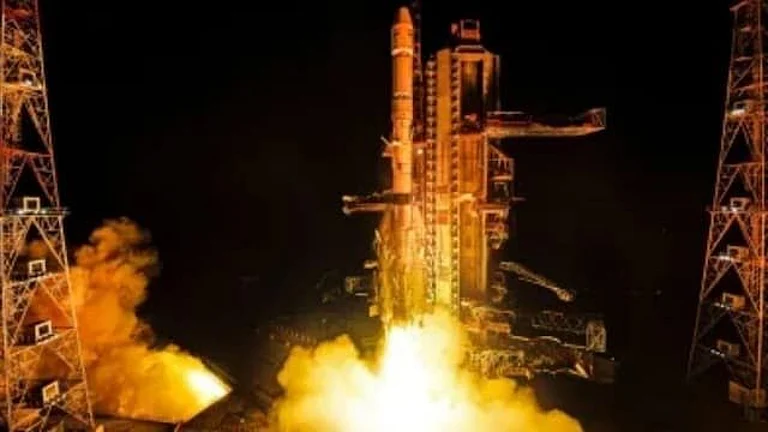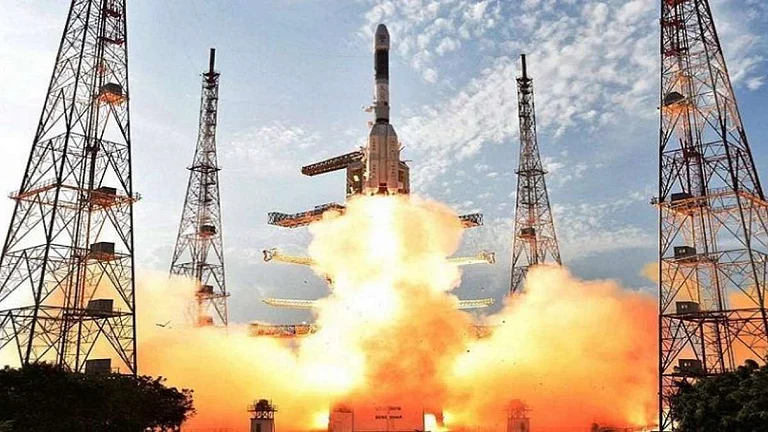The 22-hour countdown for the launch of an earth imaging satellite on-board a Polar Satellite Launch Vehicle (PSLV) rocket commenced at Sriharikota on Saturday, ISRO sources told PTI. This event also marks the 101st mission for the Bengaluru-headquartered space agency.
ISRO: Countdown Underway For PSLV-C61 Launch, Better Surveillance Expected To Aid Agriculture, Security | Details Inside
This event also marks the 101st mission for the India Space Research Organisation (ISRO). The mission life of EOS-09 is 5 years, ISRO said.
According to ISRO, the lift-off for the PSLV-C61 is scheduled to take place at 5.59 am on May 18. "The countdown started by 7.59 am on Saturday. Total 22 hours countdown," sources told PTI.
The mission life of EOS-09 is 5 years, ISRO said.
About The EOS-09 Satellite
In its 63rd mission, the PSLV will be carrying carry the Earth Observation Satellite (EOS-09) which is designed to capture high-resolution images of the Earth's surface under all weather conditions.
The EOS-09 satellite, according to PTI, weighs around 1,696.24 kg. It will be joining the constellation of Earth Observation satellites, aimed at addressing the need for expanded real-time coverage across the country's vast territory.
Moreover, the round-the-clock imaging by the satellite is expected to enhance the efficiency of several fields including agriculture, forestry monitoring, disaster management, urban planning and national security.
The EOS-09, also known as RISAT-1B, is a follow-up satellite of the RISAT-1 which is equipped with similar configuration. It complements and supplements data from the Resourcesat, Cartosat and RISAT-2B Series satellites. The EOS-09 is a repeat satellite of EOS-04 launched in 2022.
It has been designed with the mission objective to ensure remote sensing data for the user community engaged in operational applications and to improve the frequency of observation.
About The PSLV Launch
On Sunday morning, the PSLV-C61 rocket is expected to place the EOS-09 satellite into the Sun Synchronous Polar Orbit (SSPO) following a 17 minute journey.
Following the separation of the satellite from the PSLV, the scientists would use the Orbit Change Thrusters (OCT) on the vehicle to reduce the altitude of the orbit, later.
According to scientists, a sufficient amount of the fuel has been reserved for de-orbiting the satellite after its effective mission life by lowering it to an orbit that ensures its decay within two years, towards ensuring a debris-free mission.


